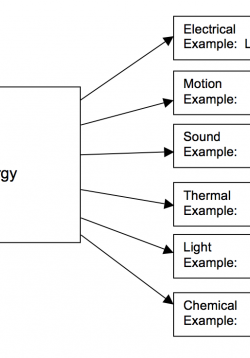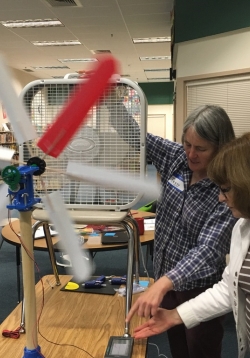Cost Effective Solar Cells: Researching Chemicals and Materials for Solar Cell Construction
This lesson is designed to be completed in three 80-minute sections. The teacher will facilitate student research on solar cell designs centering around the engineering problem: How can we make a cheaper, cleaner or more efficient solar cell? Teachers...





